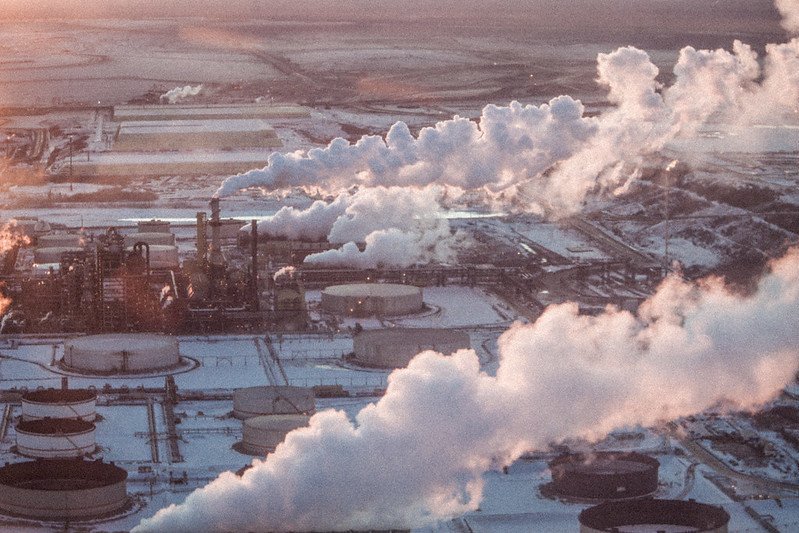From WRI
Summary
The UN’s Emissions Gap Report warns that current global climate policies are insufficient to meet the 1.5 degrees Celsius warming limit, requiring a drastic 42% reduction in greenhouse gas emissions by 2030. Countries must enhance their climate commitments, known as Nationally Determined Contributions (NDCs), with specific sector targets to achieve meaningful progress. Immediate and coordinated action across various sectors, including energy, transport, and agriculture, is critical to avert catastrophic climate impacts.
Highlights -🌍
- Climate Urgency: Current policies lead to less than 1% emissions reduction by 2030.
- NDC Commitment: New climate commitments by 2025 are crucial for limiting warming.
- Sector Targets: Specific targets in sectors like energy and transport are essential.
- Global Action: Collective action is necessary; developed countries must lead.
- Ecosystem Preservation: Protecting forests and ecosystems can help reduce emissions.
- Food Systems Transformation: Changes in agriculture are vital to curb emissions.
The UN’s most recent Emissions Gap Report issues a clear warning: Current policies and national climate commitments fall well short of what’s needed to rein in climate change.
Here’s the science: Limiting global temperature rise to 1.5 degrees C (2.7 degrees F) above pre-industrial levels is essential for avoiding increasingly severe and widespread climate change impacts, but doing so requires cutting greenhouse gas (GHG) emissions 42% by 2030 and 56% by 2035, relative to 2023. Current policies alone will achieve less than a 1% reduction by 2030 and 2035.
Closing these emissions gaps means deploying action at a pace and scale that are unprecedented. Unless countries can collectively and dramatically reduce GHG emissions by 2030, it will become impossible to make up enough lost ground by 2035 to limit warming to 1.5 degrees C with no or limited overshoot.
Fortunately, the year ahead presents a prime opportunity to shift the trajectory: Countries will put forward their next set of climate commitments, or nationally determined contributions (NDCs), by early 2025, detailing their intended climate actions over the next decade. Keeping the 1.5-degree C temperature goal within reach will require these next NDCs to achieve a “quantum leap in ambition” and deliver immediate action across all sectors of the economy.
[..]
So what exactly does that look like in terms of how we power our homes, grow our food, move people and goods, and more? Here, we break down the transformational changes needed in every sector of the economy to slash GHG emissions over the next decade.
[...]





